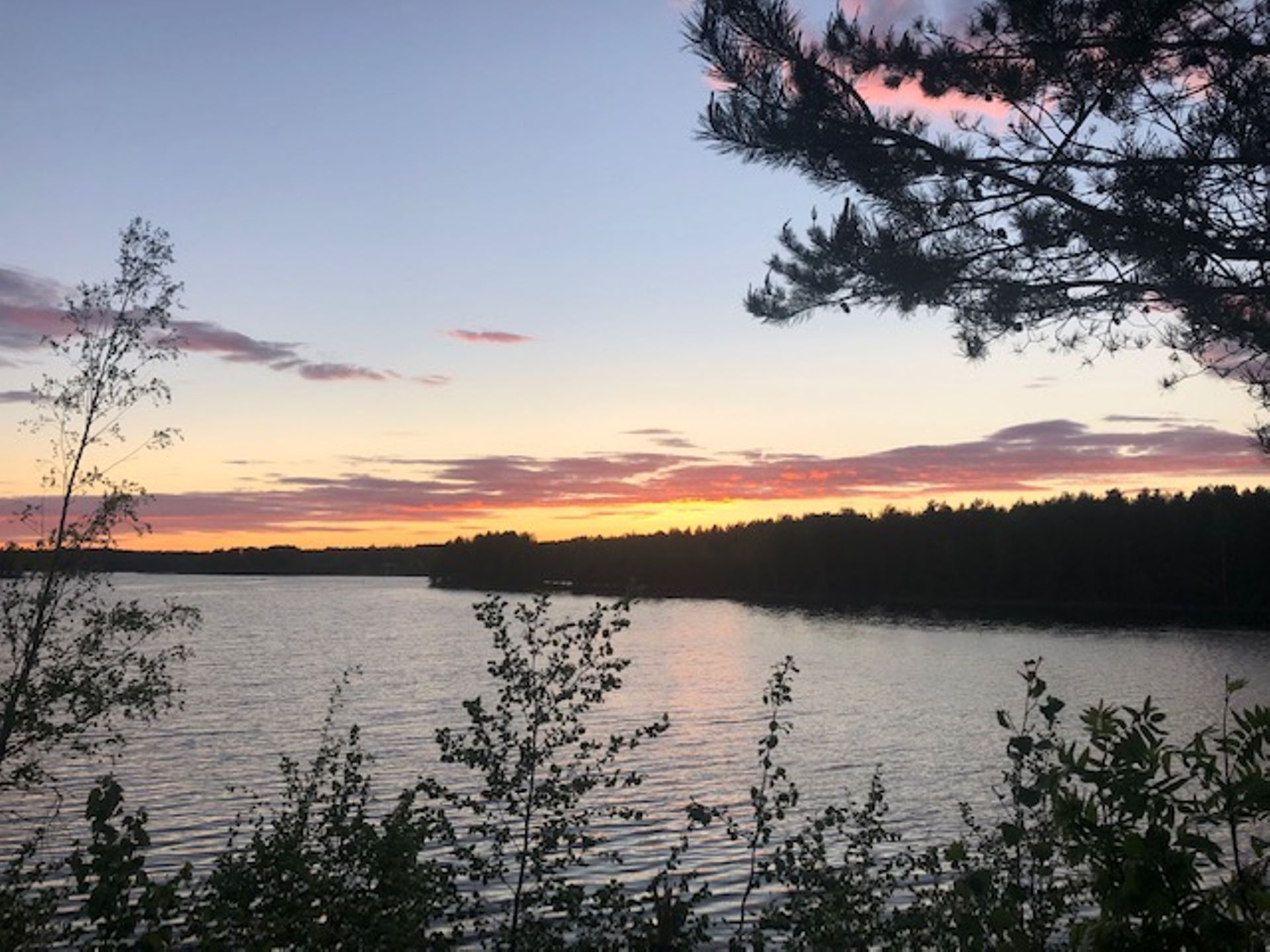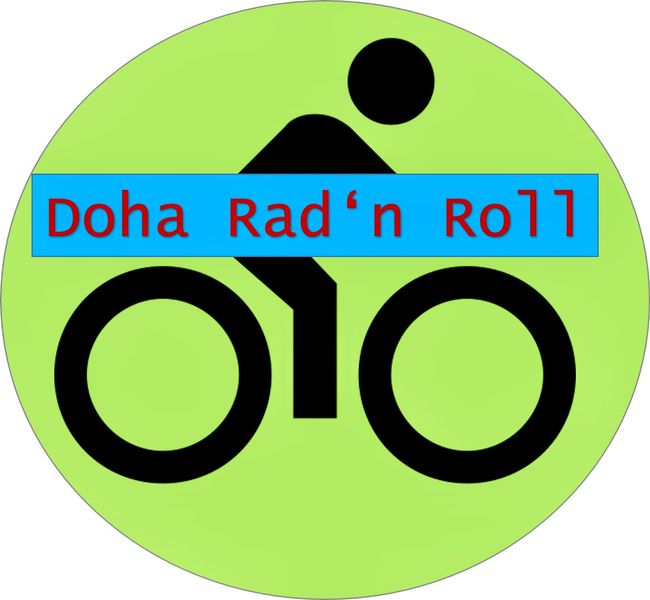An der polnischen Ostseeküste
Wotae: 06.06.2022

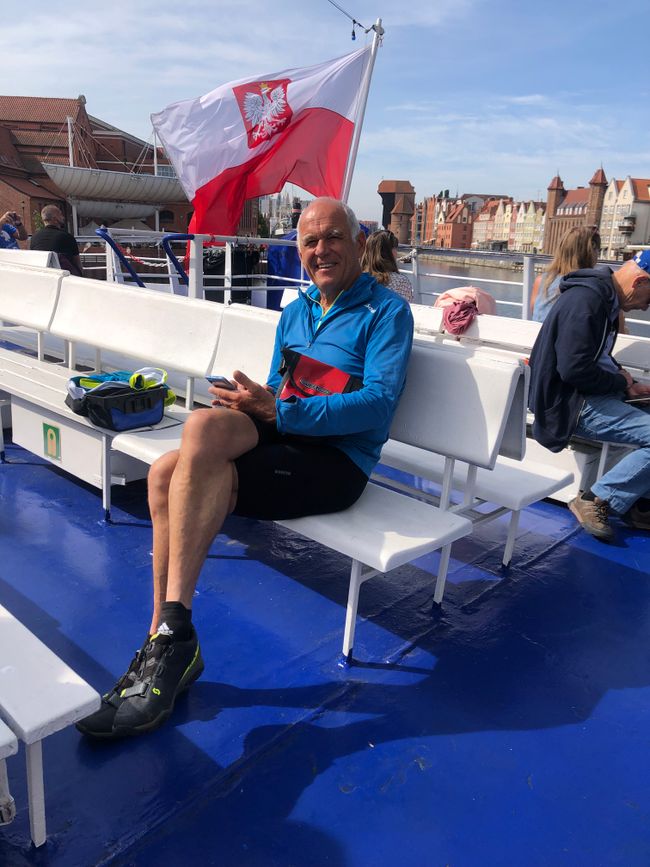
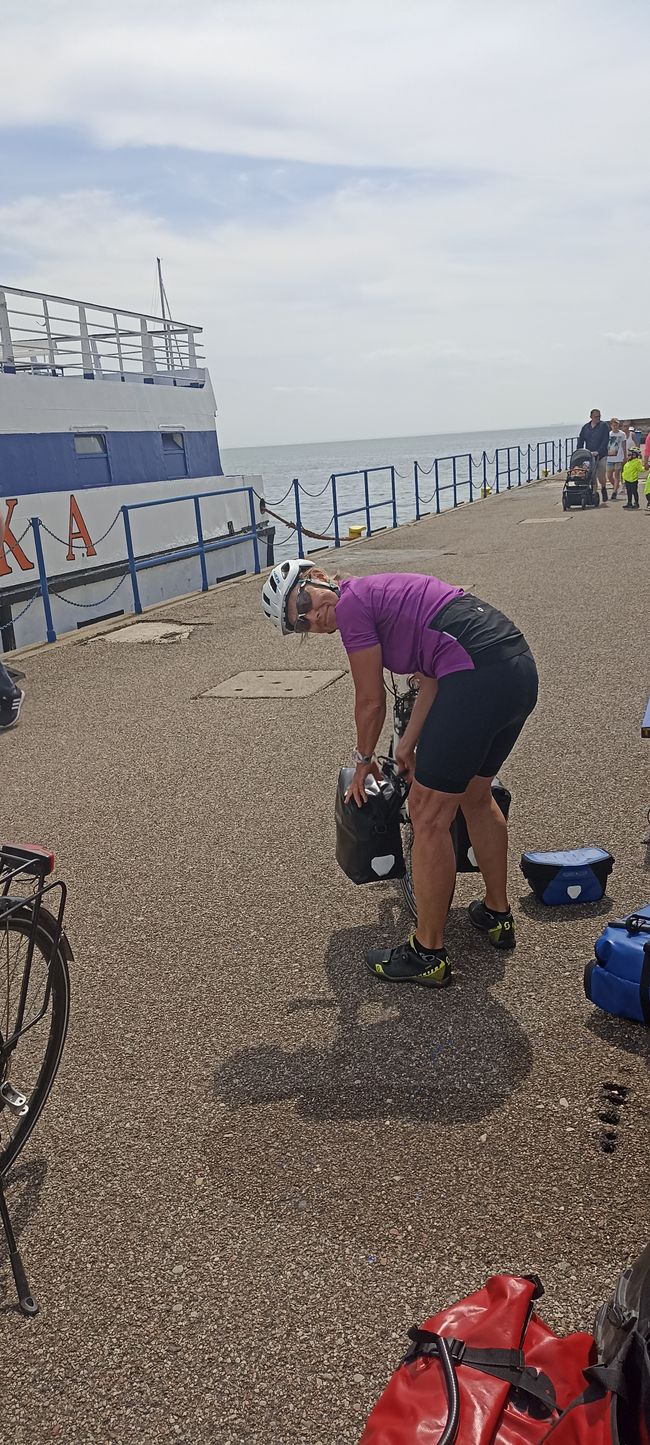
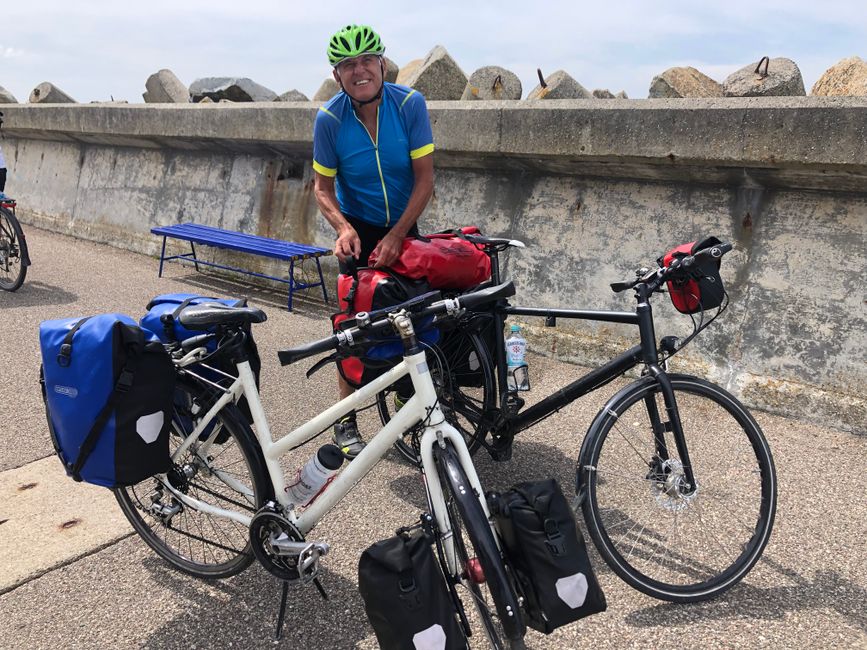
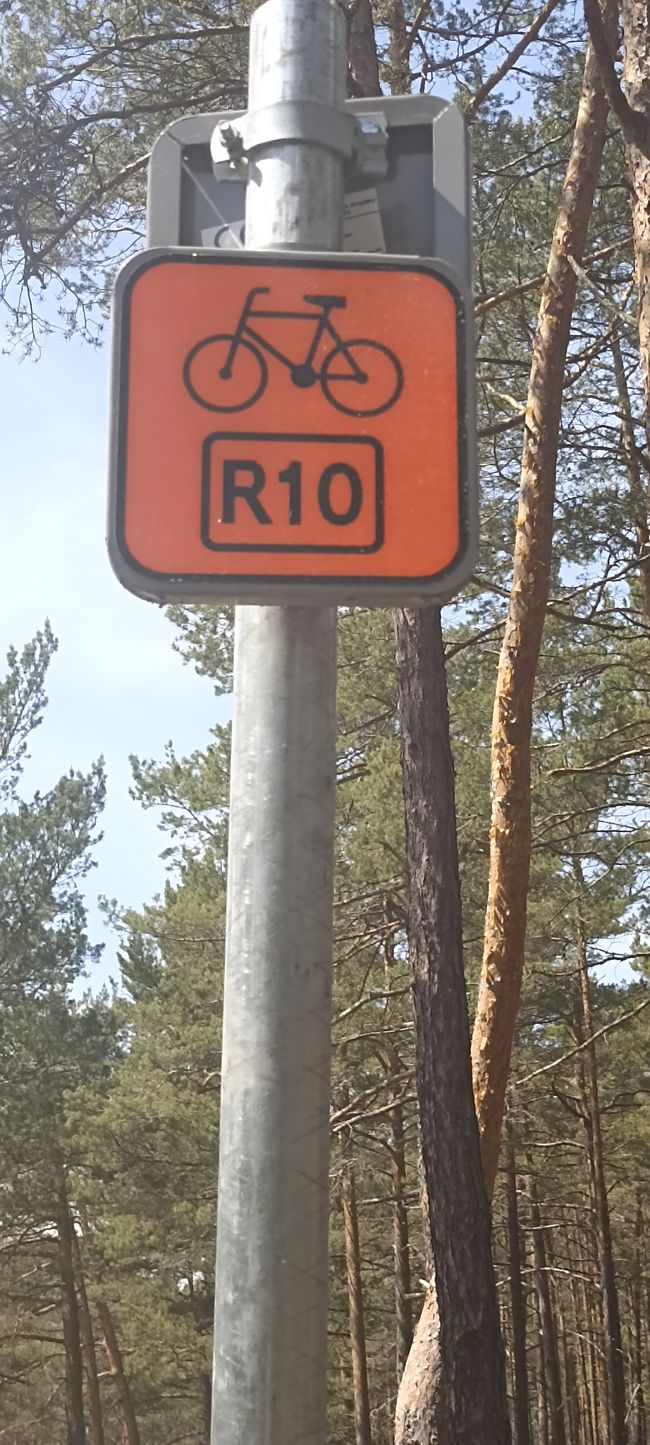
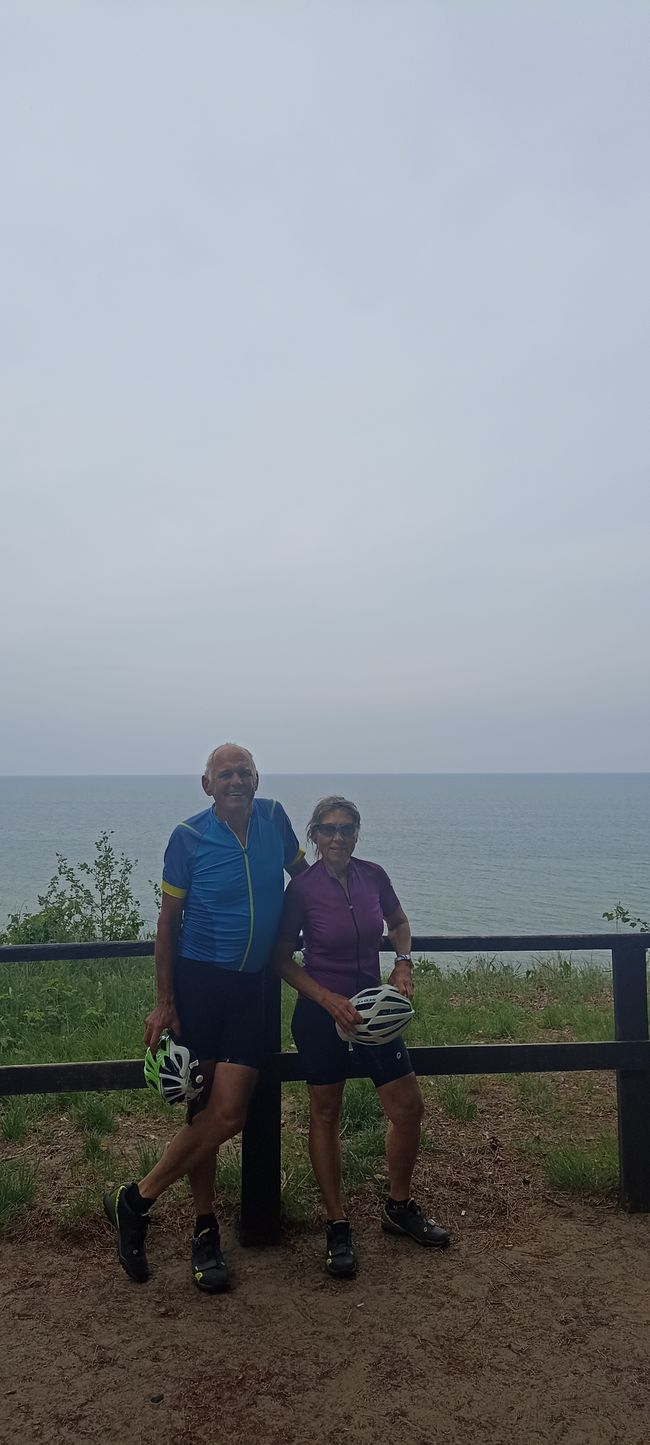
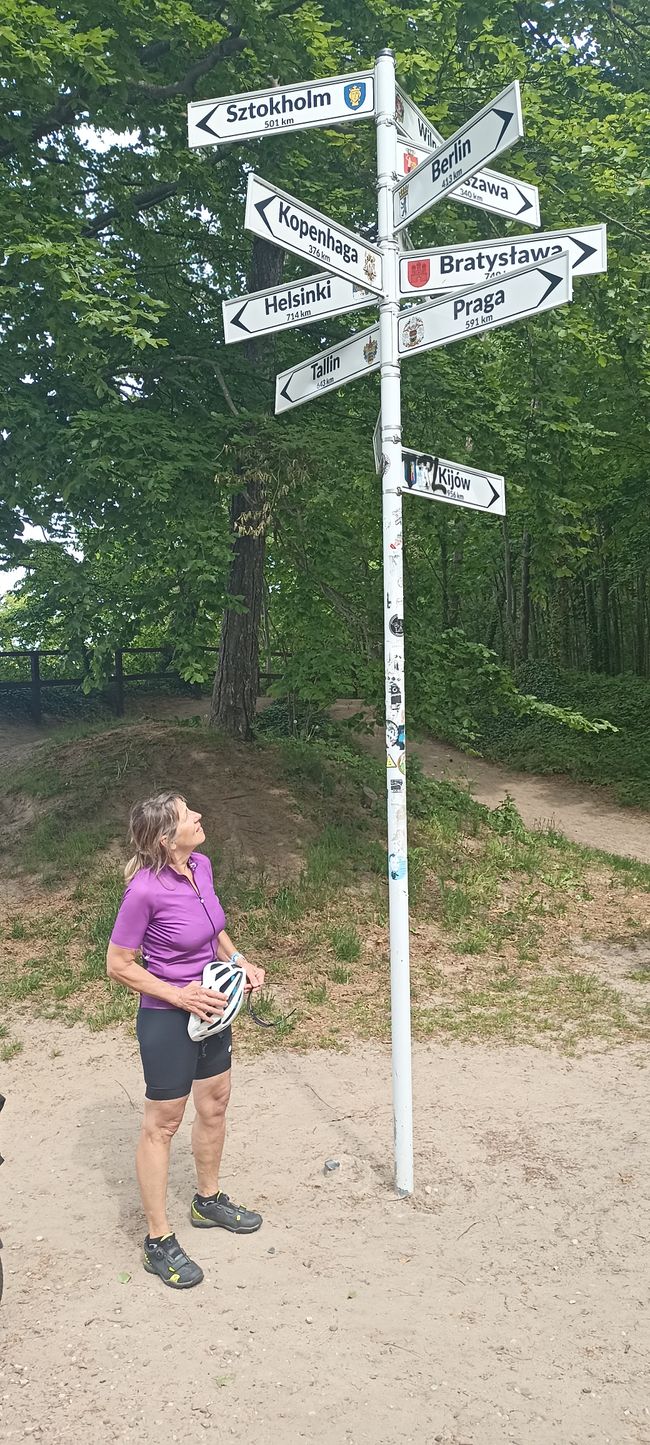
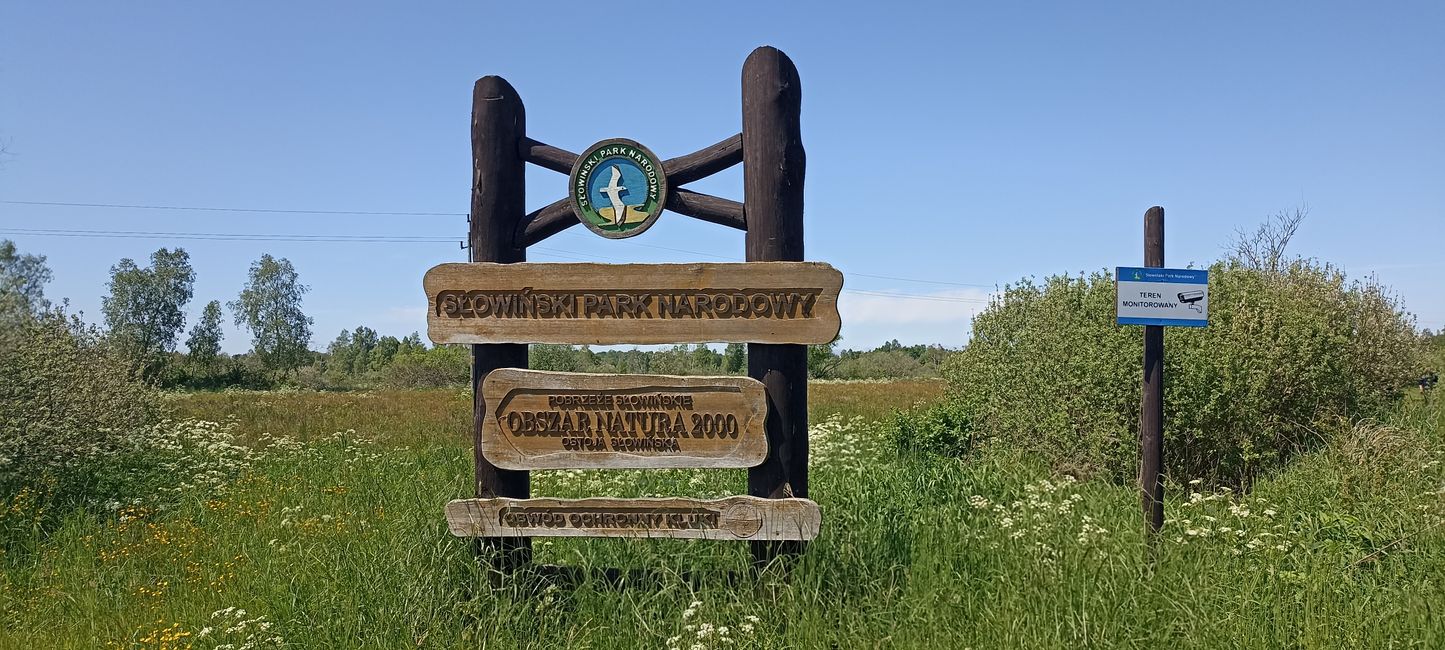
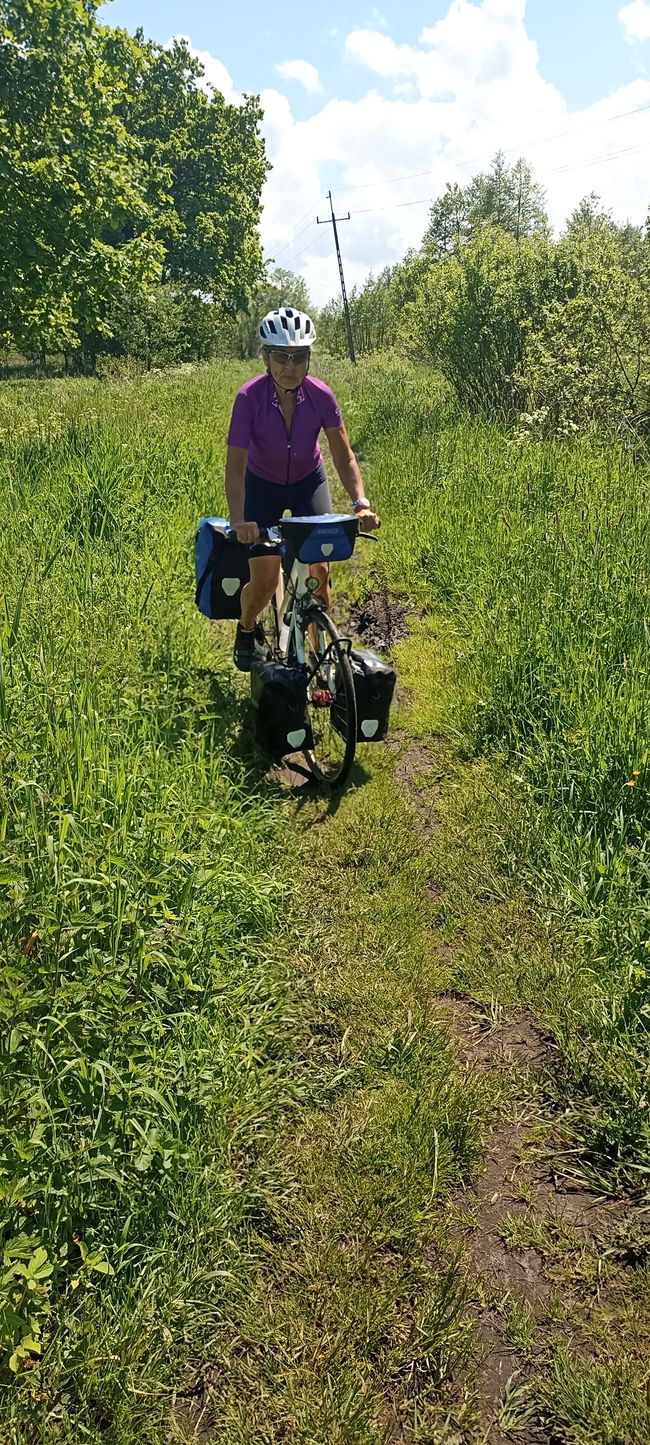
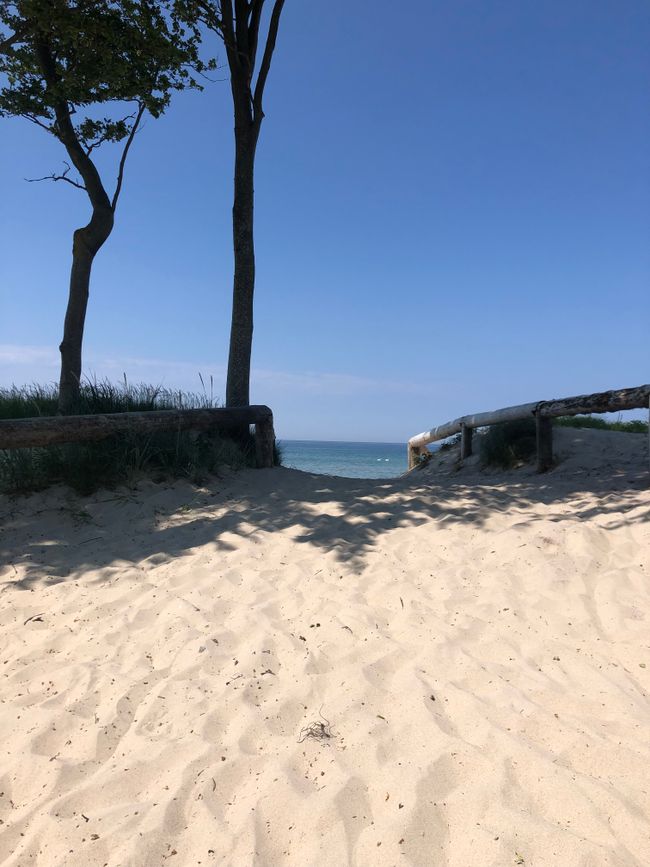

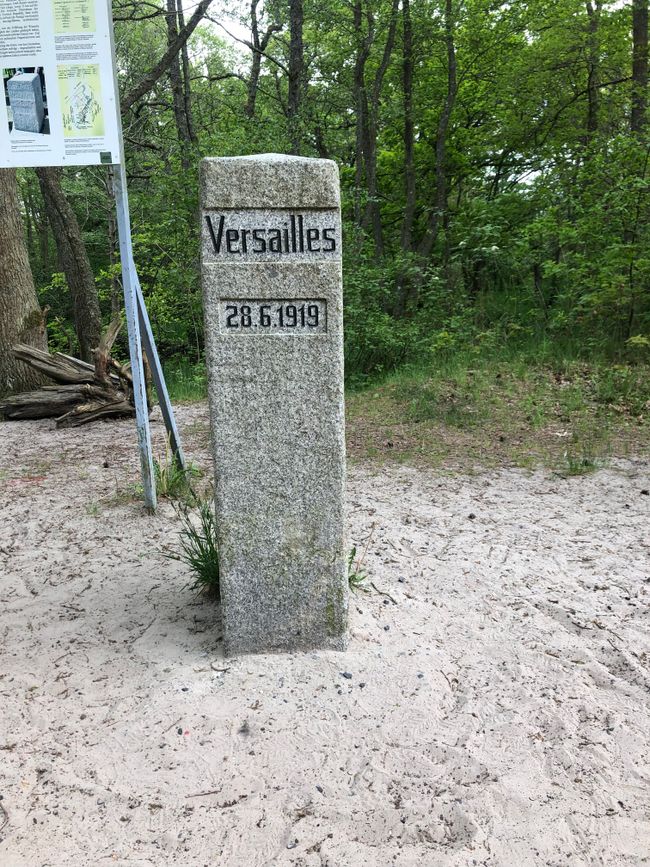
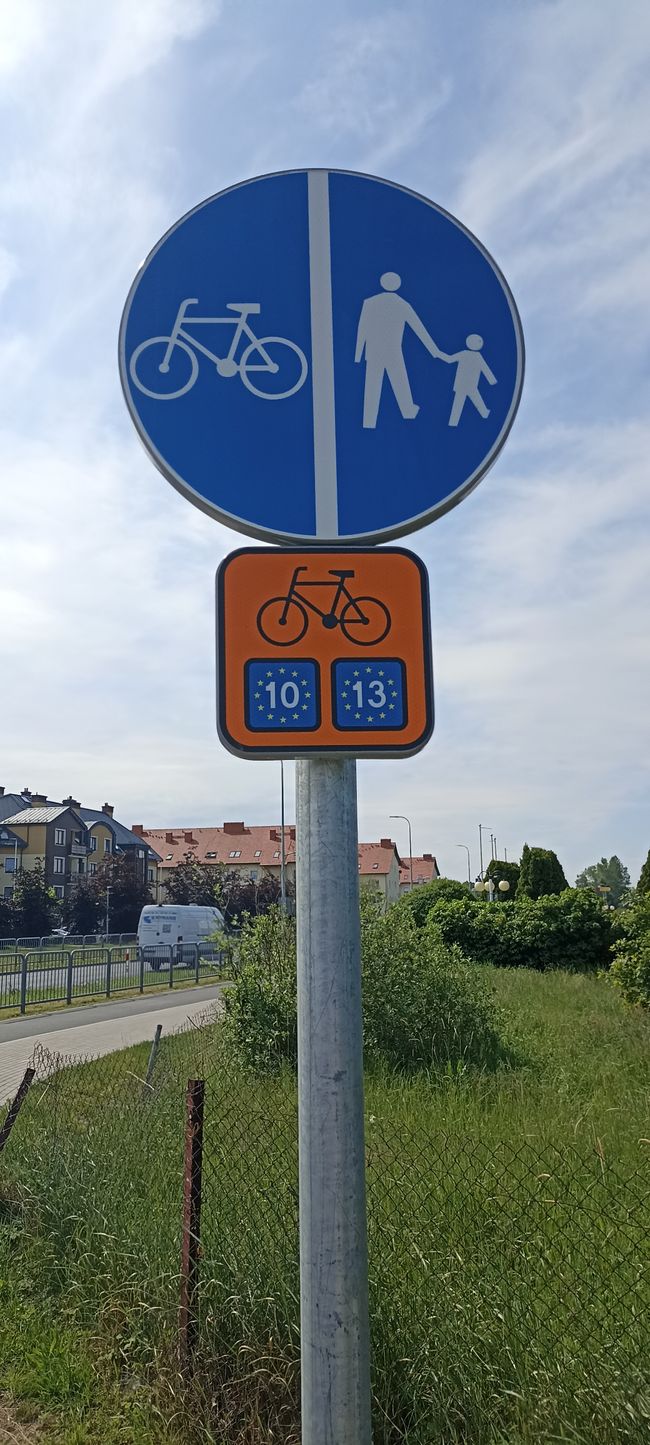
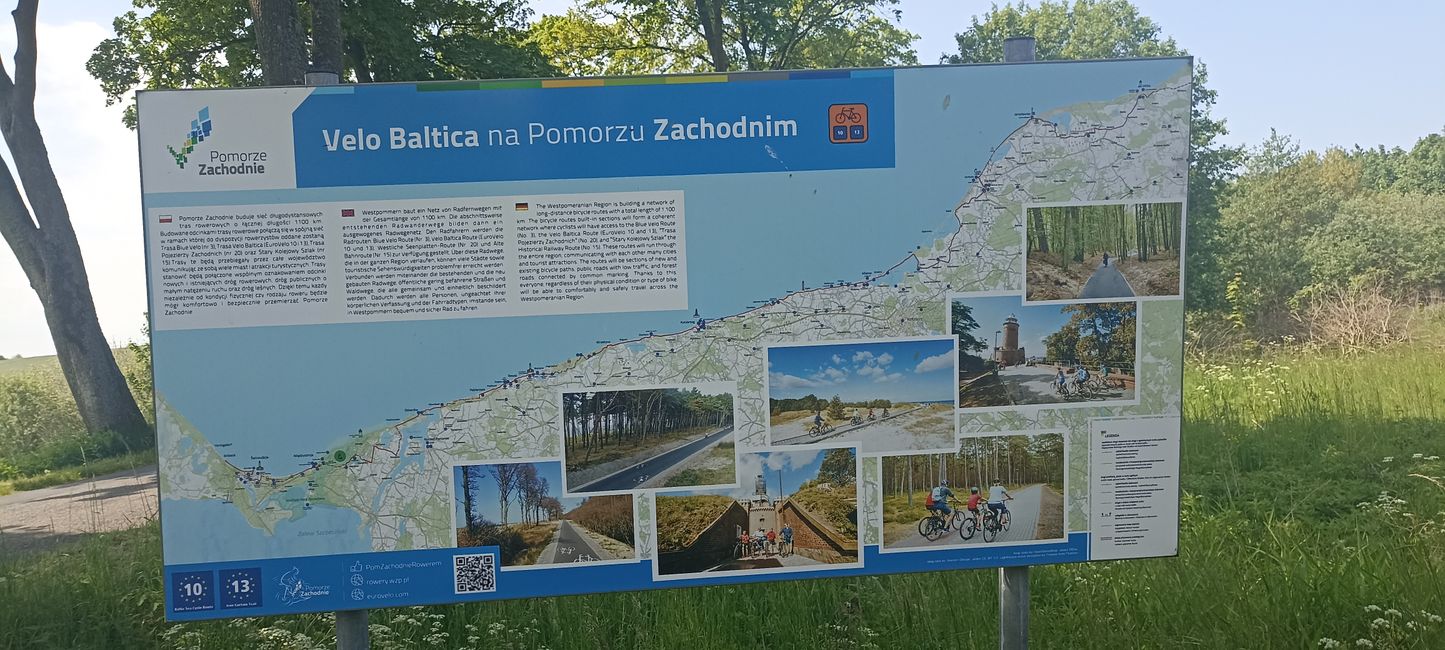
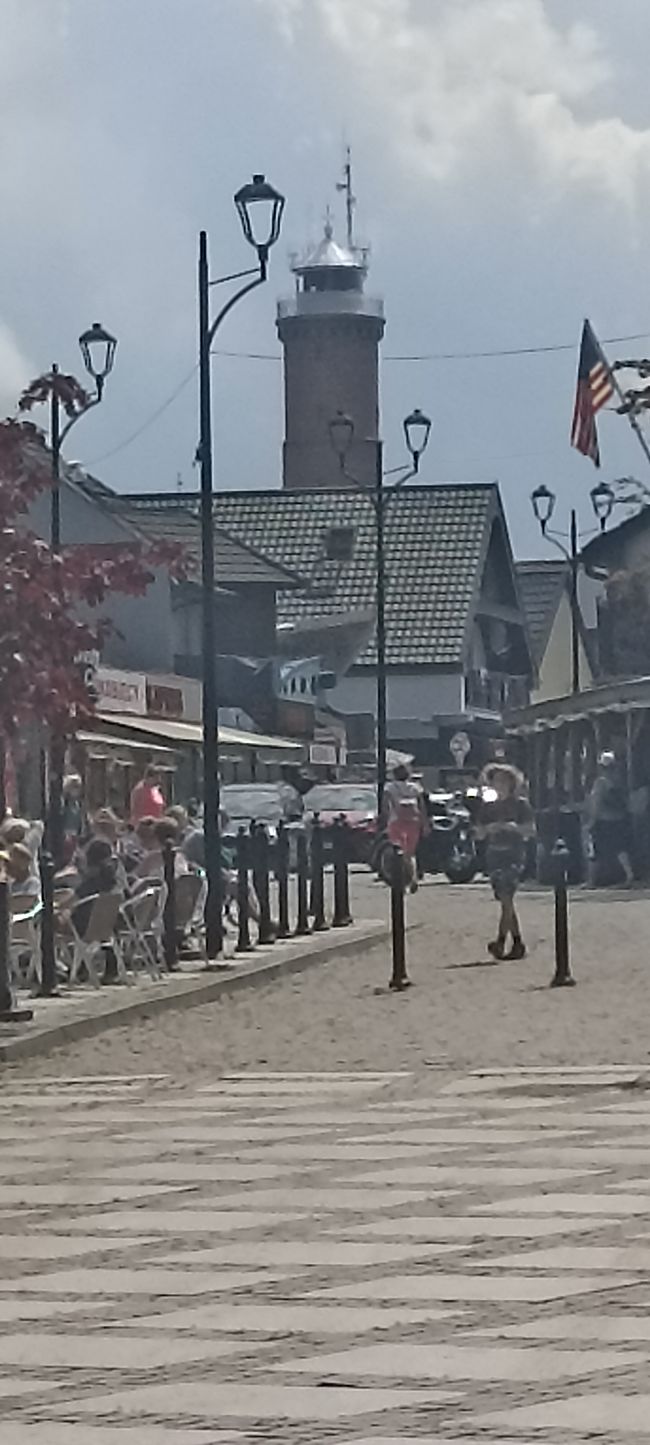
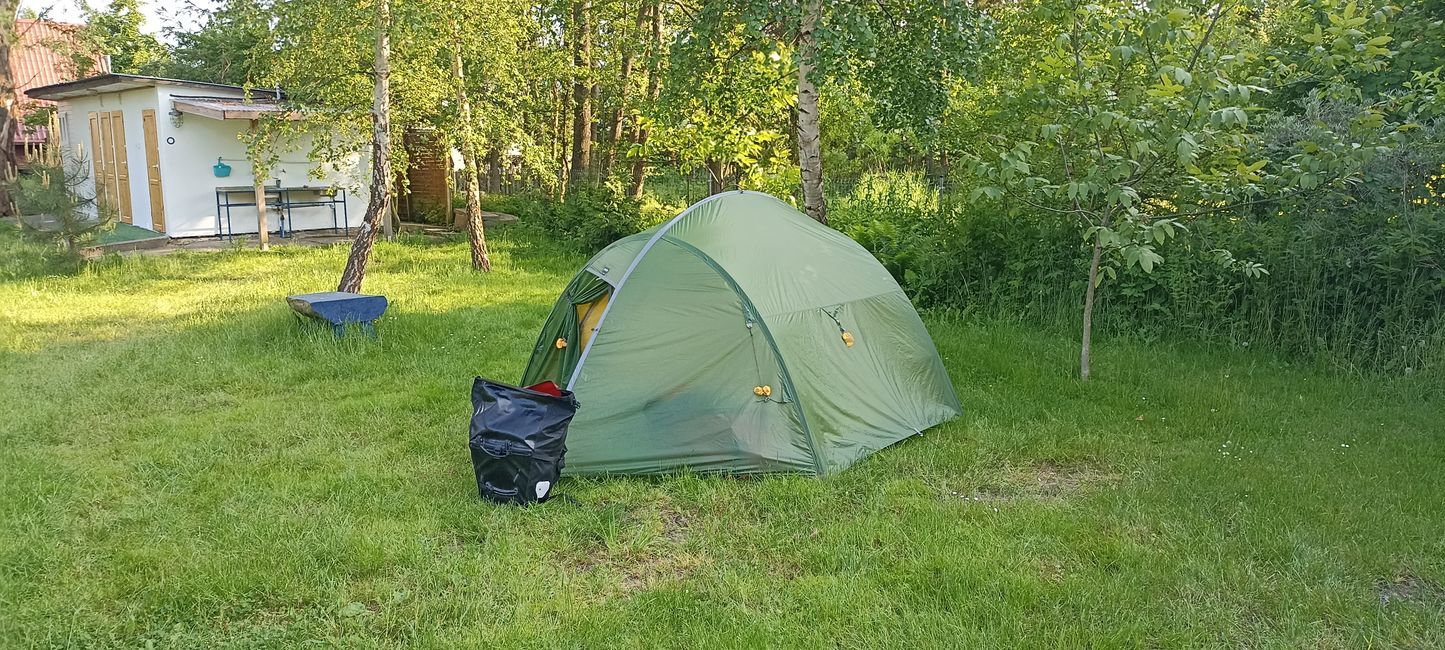

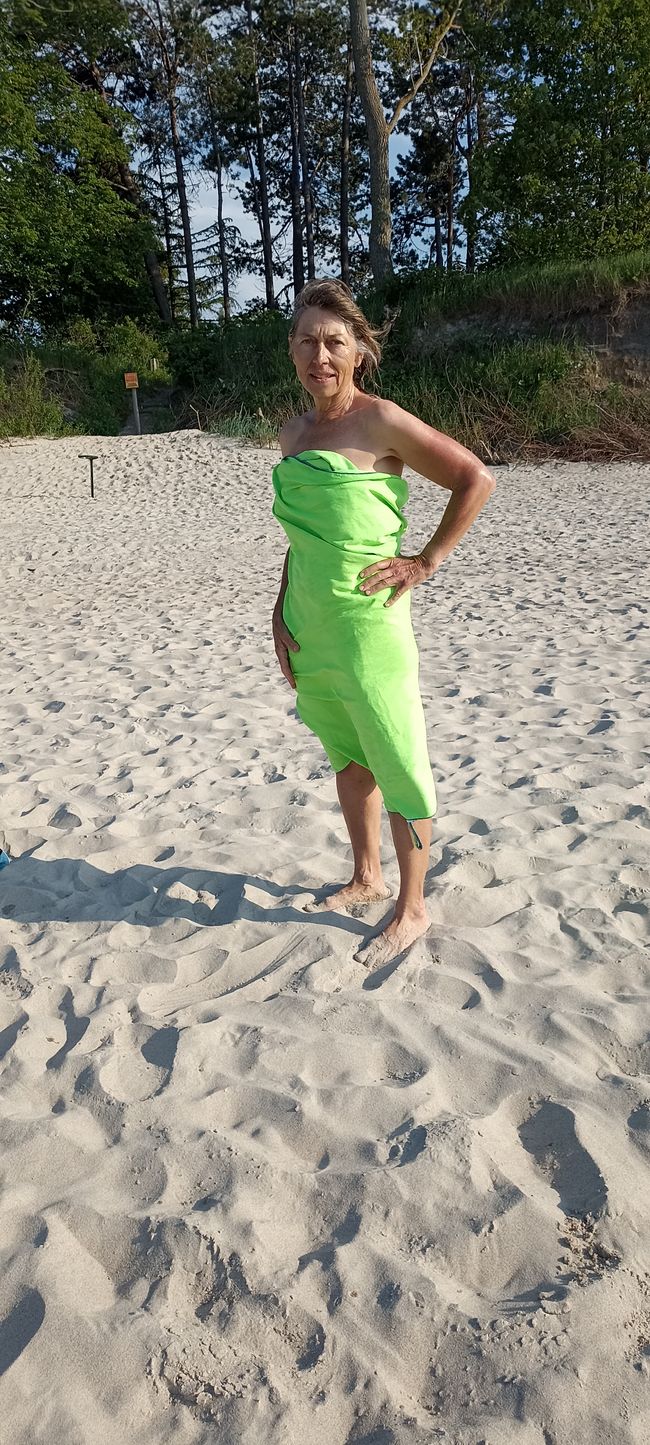
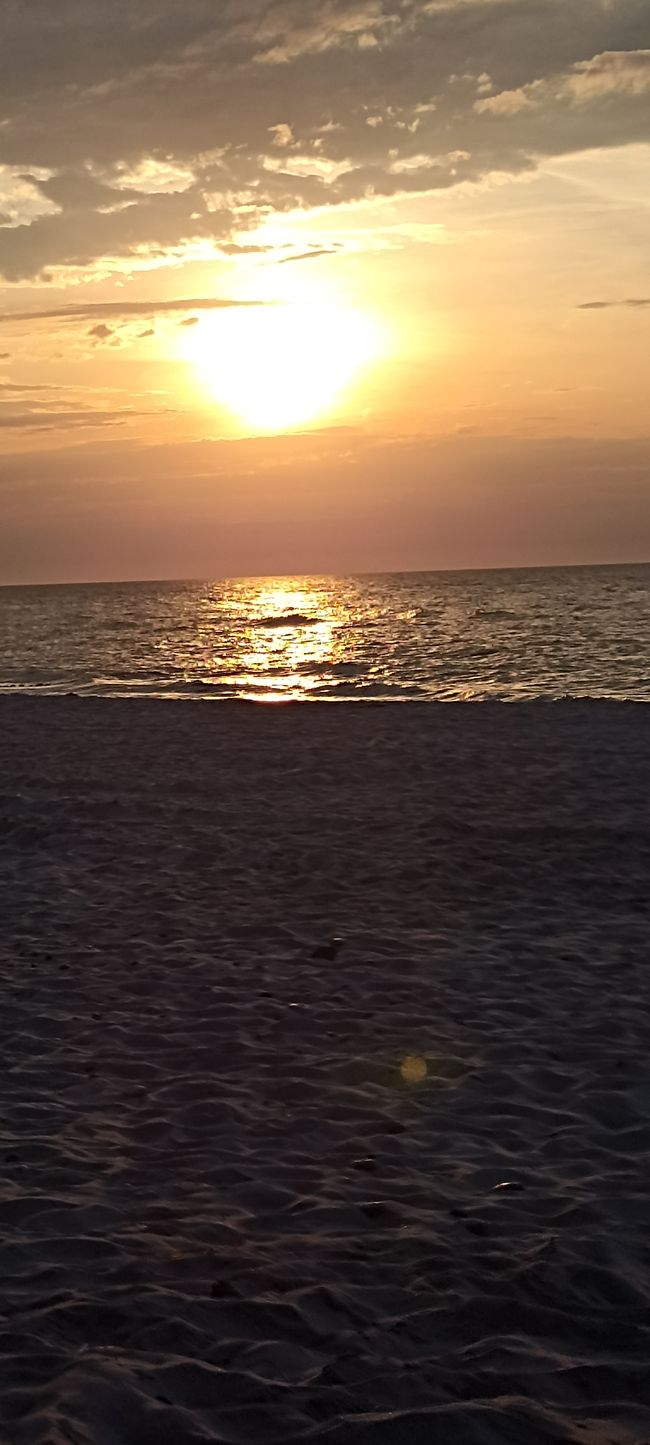
Wɔ Nudɔdɔ na Nyadzɔdzɔgbalẽ
Day 1 - June 6: Gdansk - Hel (Ship) - Wladyslawowo - Karwia - Debki - Bialagora - Sasino 100 km
We don't start cycling right away, because we take the opportunity to take a ship from Gdansk to the Hel Peninsula. The journey takes us past the old and new shipyards and the Westerplatte. The shelling of the Polish ammunition depot there by the Nazis on September 1, 1939 is considered the beginning of World War II.
The small ship docks in Sopot, a famous spa town, in the Bay of Gdansk. We reach Hel around noon. This is the easternmost place on the 34 km long peninsula of the same name, which was formed from several small islands in the 18th century through the transport of sand from the Baltic Sea.
So we can finally get on our bikes and start pedaling hard. The scent of pine trees, blooming wild roses, and broom, along with the Baltic Sea, are our first sensory experiences on the bike. We cover the nearly 40 km on the well-signposted and well-maintained bike path R 10 in just under two hours. Then we deserve some fish and chips.
Now we have to look for the way a bit, but soon we follow the signs with the R 10 again. On the way, we meet a Polish person who has been living in Munich for 32 years and who wants to show us the northernmost point of Poland at Cape Rozewie. It is also the northeasternmost point of our route this year. From there, it is not far to Karwia and Debki, both places directly on the Baltic Sea and accordingly touristy. Behind Debki, you pass by the memorial stone to the Versailles Treaty of June 28, 1919, which guaranteed Poland the borders of 1772 again. For almost all Germans, the Versailles Treaty was a "dictate and shameful peace" and was used for extreme agitation against the Weimar Republic and foreign countries.
We reach Bialagora via well-maintained forest paths. There we follow a cycling sign, but it leads us south instead of west. That means we have to take a detour through the lonely hinterland with its avenues of oak trees and wheat fields. In Sasino, we have booked accommodation along the way, where we end the long day.
Day 2: Sasino - Leba - Kluki - Ustka 105 km
15 km of concrete slabs, 2 km of sandy paths, 3 km of impassable hiking trails... and nice weather. That's how we imagined the eastern part of the Baltic Sea Cycle Path. In the morning, it rolls well on hardly trafficked side roads. After about an hour, we reach Leba, a lively place on the coast. On a beautiful cycle path, we leave the coast and then another 20 km on a side road through the hinterland with meadows, fields, and avenues, occasionally a small village or a farm.
So far, we have been lucky with the condition of the paths, but now it gets tough. 2 km of cobblestones are followed by a sandy path, then a few kilometers of asphalt before we are shaken vigorously on concrete slabs. We reach the Słowiński National Park, where at the entrance, there is a warning that passages may not be passable for cyclists in the wetland. This is almost true, but by pushing and carrying, we manage the bumpy hiking trail, also because there are wooden crossings at particularly muddy spots. After walking for 2 km, we reach Kluki. There is an open-air museum showing the life of the Słowiński people in the 18th and 19th centuries. Meanwhile, this West Slavic people is considered extinct.
On the way to Smoldzino, we have another 5 km of bone-shaking concrete slabs. After a refreshment, it continues the same way. We roll the last 25 km to Ustka on well-built side roads. In Ustka, formerly Stolpmünde, we find a campsite right away. When we lie in the tent after a delicious dinner of halibut, the rain predicted earlier comes, accompanying us to sleep.
Day 3: Ustka - Jaroslawiec - Darlowo - Mielno - Garski 105 km
From Ustka, the cycle path runs directly along the main road heading south, displaying the sign for EuroVelo 10/13 for the first time and is very well paved. DoHa can let it roll! The EU invests a lot of money in expanding the EuroVelo routes and here on the Baltic Sea coast in Poland, the money is well spent. Because on the Baltic Sea Cycle Path, we not only meet numerous long-distance cyclists, but also many Poles who use the good connections on site. We reach Jaroslawiec around noon, another one of these touristy Baltic seaside resorts that, from our point of view, has little to offer apart from the 33 m high lighthouse. In all coastal towns, there are countless unattractive stalls and stands as well as large tents with outlet goods. Cozy restaurants are hard to find, and most of them close at least by 8 pm. We already had this experience on our tour through Silesia in 2018.
The cycle path is now perfectly signposted and takes us on well-built paths to Darlowo. The former Rügenwalde is known for its Teewurst, but with the flight of the Germans in 1945, they also took the product with them and now produce the Teewurst in Bad Zwischenahn.
The EV 10/13 now leads through the hinterland, where we make good progress and reach Lazy Mielno. Another one of these less attractive coastal towns. We cycle another 12 km along the coast to Gaski, where we set up our tent on a beautiful campsite right by the sea. A swim in the sea is a must! We end the day on the beach with a cool beer and watch the daily natural phenomenon of the sun sinking blood red into the sea.
Wɔ Nudɔdɔ na Nyadzɔdzɔgbalẽ
Ŋuɖoɖo (3)
Lothar
Harald , hast du eigentlich einen PC oder zumindest eine Tastatur dabei ?
Oder hackt das abends deine Sekretärin rechtschreibfehlerfrei ins händi ??Larissa
Danke für den detaillierten Bericht & die schönen Bilder. Wir wünschen Euch weiterhin gutes Wetter & schöne Radwege 😘Rhea
So schön! ♥️